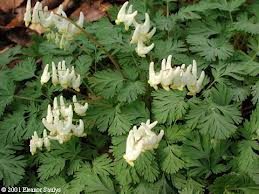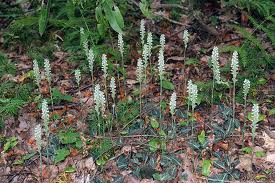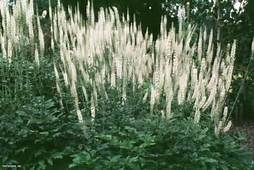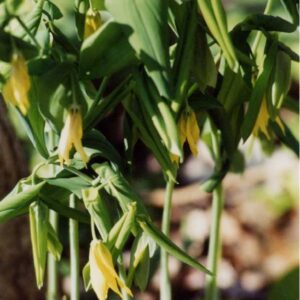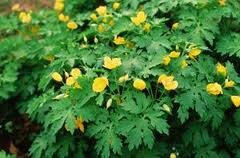Dicentra canadensis, Squirrel Corn, Native Bare Root Perennial
$8.00
895 in stock
Dicentra canadensis, Squirrel Corn, Native Bare Root Perennial
(requires a minimum purchase of 5 plants)
5 or more $8.00each
25 or more $4.00 each
50 or more $2.25 each
300 or more $2.00 each
1200 or more please call.
Wholesale pricing is based on quantity.
For Shipping, Install and additional info please see “About Bare Root“.
Native bare root plants are dug and shipped while dormant, mid November to early spring.
See all available Native Bare Root Perennials
Order Minimum
There is a minimum order total of $150.00.
before tax (VA residents only) and shipping.
There are NO EXCEPTIONS.
Description
Dicentra canadensis, Squirrel Corn, Native Bare Root Perennial
Attractive Flowers:
Average – Dry soil:
Average Wildlife Value:
Beneficial Insects:
Clay Soil- High clay content, fine texture:
Drought Tolerant:
Drought tolerant:
Erosion Control:
Groundcover:
Loamy Soil – mostly silt, sand, some clay:
Native to Coastal Regions:
Native To Mountain Regions:
Native to Piedmont Regions:
Organic soil- high level of decayed leaves, bark:
Part – Full Shade (less than 4 hours):
Part Sun – Part Shade :
Perennial:
Pollinator support:
UPL – Almost never occur in wetlands:
Woodland flower:
Plant Characteristics
Duration: Perennial
Habit: Herb
Flower:
Fruit:
Size Class: 0-1 ft.
Bloom Information
Bloom Color: White, Pink
Bloom Time: April, May
Distribution
USA: CT, GA, IA, IL, IN, KY, MA, MD, ME, MI, MN, MO, NC, NH, NJ, NY, OH, PA, RI, SC, TN, VA, VT, WI, WV
Canada: NS
Native Distribution: Que. & N.S. to MN, s. to GA, TN & MO
Native Habitat: Open, deciduous woods
Growing Conditions
Light Requirement: Part Shade
Soil Moisture: Moist
Soil Description: Humus-rich soil. Tolerates limestone.
Benefit
Use Ornamental: Contributes ephemeral spring color and fragrance to the mountainous Eastern shade garden.
Use Wildlife: Attracts chipmunk and mice.
Warning: POISONOUS PARTS: All parts. Toxic only in large quantities. Causes minor skin irritation when touched, lasting only for a few minutes. Symptoms includes trembling, staggering, vomiting, diarrhea, convulsions, labored breathing. Skin irritation after repeated contact with the cell sap. Toxic Principle: Several isoquinolone alkaloids. (Poisonous Plants of N.C.)
Conspicuous Flowers: yes
Fragrant Flowers: yes
Interesting Foliage: yes
Related products
-

Goodyera pubescens, downy rattlesnake plantain, Native Bare Root Perennial
$8.00 Add to cart -

Actaea racemosa, Black Bugbane, Native Bare Root Perennials
$8.00 Add to cart -

Uvularia grandiflora, Large flower bellwort, Native Bare Root Perennial
$8.00 Add to cart -

Stylophorum diphyllum, Wood Gold Poppy, Native Bare Root Perennial
$8.00 Add to cart
